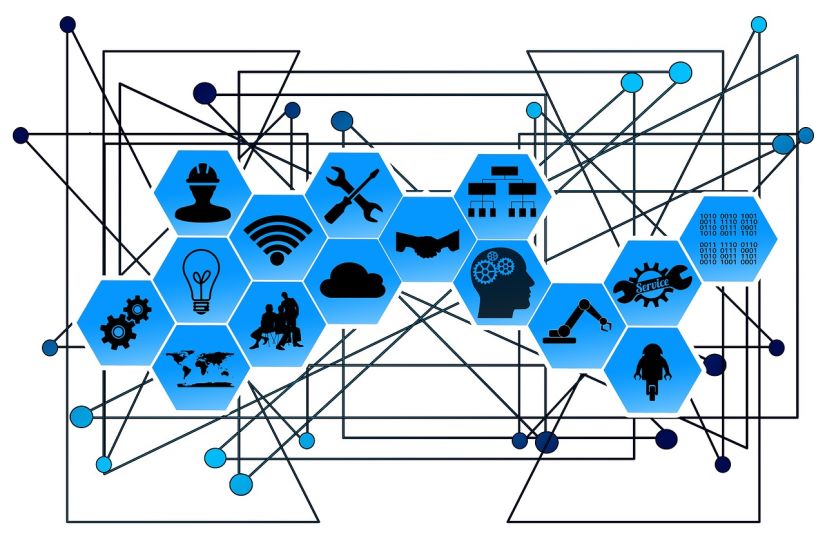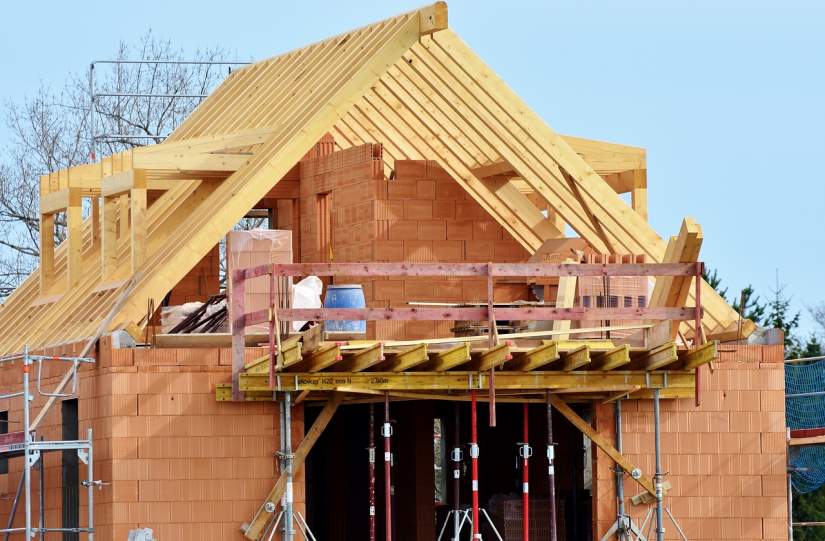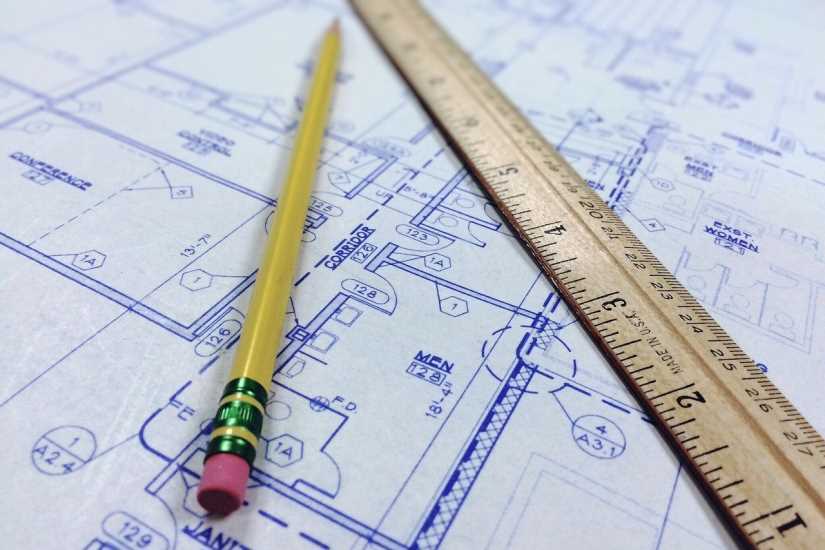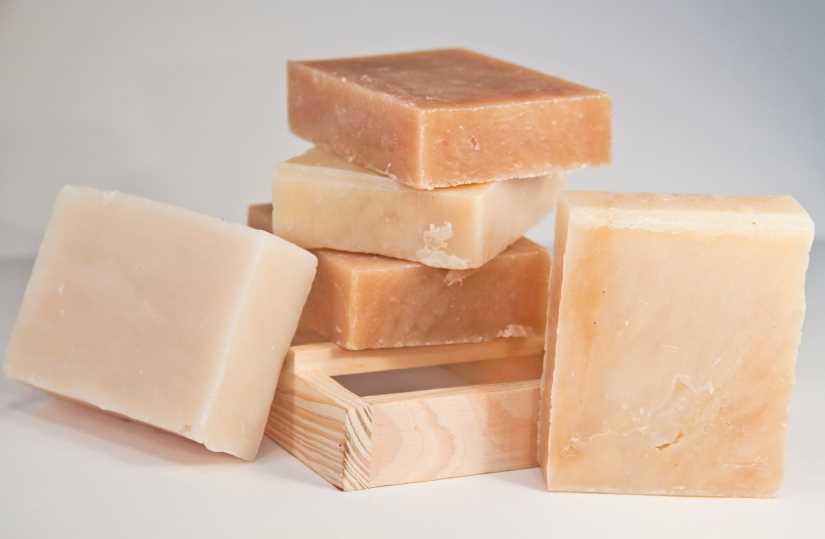Scaffold Your Clean DDD Web Application - Part 6: Domain-Driven Design Workflow Patterns

Previously, I discussed our intention to maintain a separation between Presentation (View Model), Domain, and Persistence entities in our architecture. I talked about some of the difficulties this design decision presents, and how we can mitigate those obstacles using an elegant, methodical entity-mapping strategy. In this blog entry, I build off of that discussion and elaborate on some of the high-level architectural patterns which emerge as a result. This is especially relevant if you are using CQRS, although that is not a prerequisite, and these patterns will apply just as readily to other approaches, including traditional N-layered architectures.
[...Read More]



